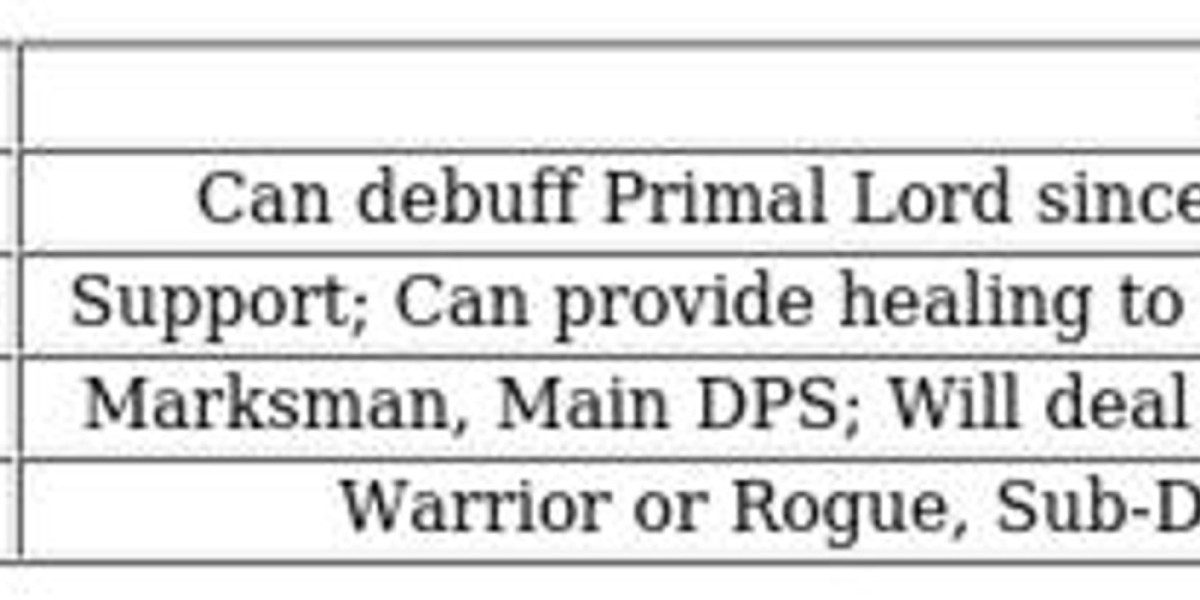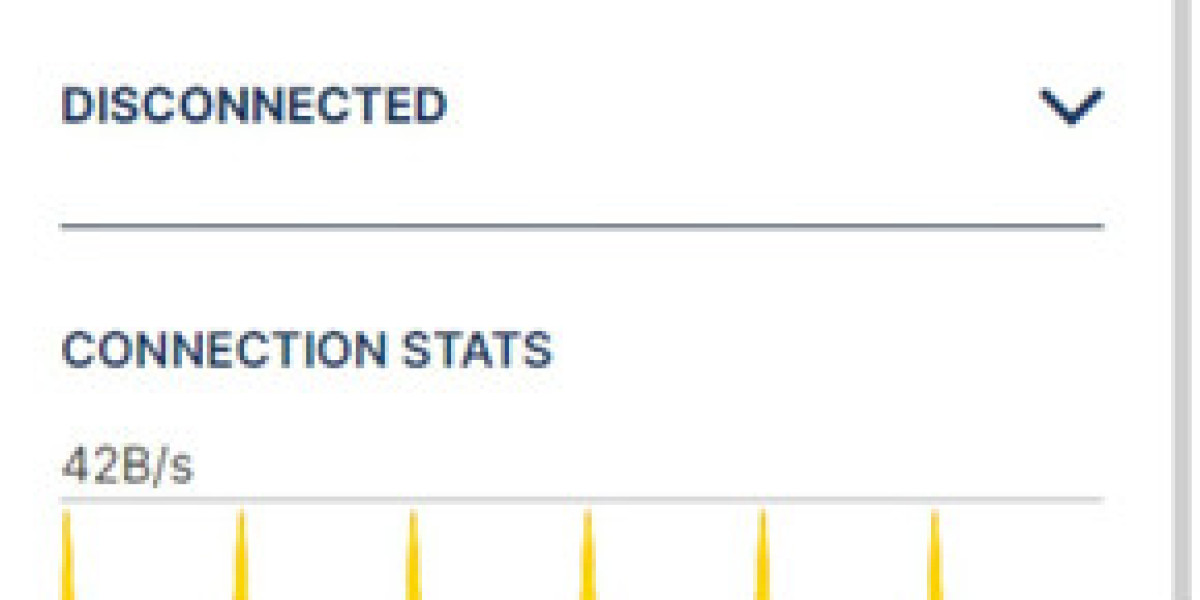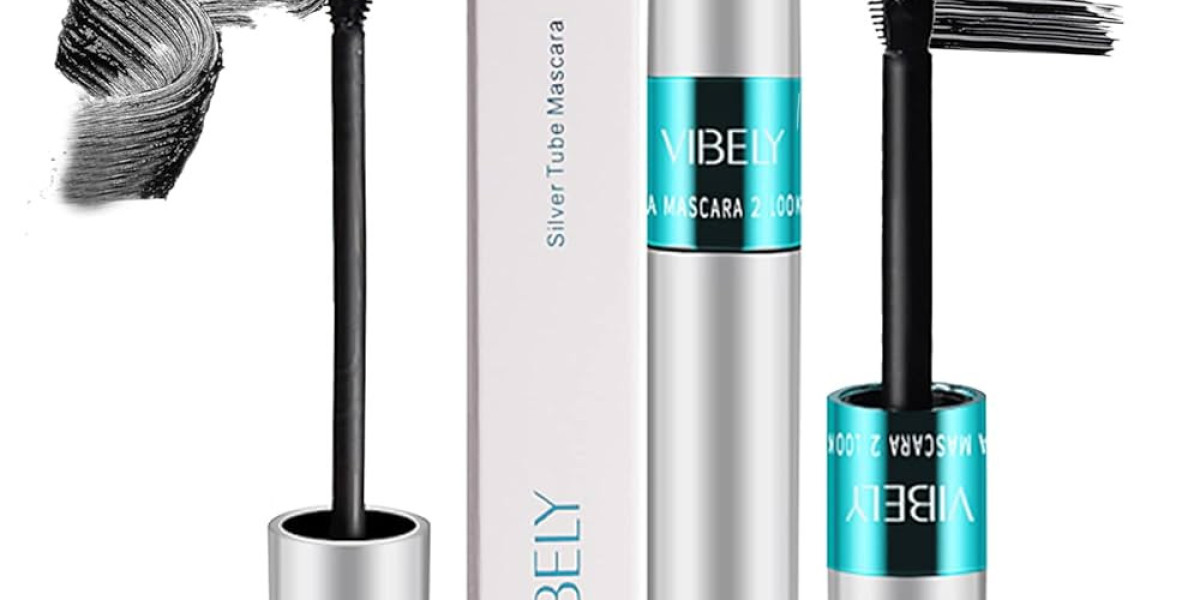Rooted in the Rhythms of the Streets
In the heart of Brazil’s bustling urban sprawl, beyond the towering skyscrapers and sandy beaches, the favelas rise—dense, vibrant communities layered across the hills. Here, amidst concrete walls spray-painted with stories and alleyways echoing with music and resilience, a fashion movement was born. Favela clothing is more than just fabric and thread—it's a voice, a protest, a celebration, and a symbol. It is fashion carved from survival, identity shaped by struggle, and style redefined through authenticity.
This is not clothing that bows to the catwalks of Paris or the fashion elite of Milan. It emerges from the soul of the streets, curated by the hands of those who understand the meaning of making something out of nothing. It's the narrative of the overlooked and the underestimated, turned into wearable power.
Cultural Fabric: The Soul of the Favela on Your Skin
Favela clothing draws its DNA from the raw and unfiltered experiences of life in Brazil's underserved communities. It channels influences from samba and funk, graffiti and football, Carnival and capoeira, but also from hardship, socio-economic battles, and a longing for representation. The clothing isn’t just inspired by the favela; it is the favela—stitched with history, soaked in resilience, and designed for pride.
Every print, silhouette, and slogan carries weight. Oversized fits speak to both practicality and rebellion—room to move, to dance, to exist freely. Color palettes reflect the sun-washed hues of Rio’s murals and the electric vibrancy of life lived loudly. Logos are often bold, unapologetic, sometimes political, always personal. It's not uncommon to see Portuguese slang or coded phrases meant to resonate only with those who understand the language of the streets. That intimacy is intentional. This is insider fashion with outsider appeal.
From Local Legends to Global Streets
Though its heartbeat remains rooted in Brazil, favela clothing has crossed borders, proving that authenticity has no language barrier. Thanks to the internet, global streetwear scenes have begun to embrace the raw energy and fresh perspective that favela fashion brings. Much like the rise of grime in the UK or drill in Chicago, favela style offers the world a lens into a reality that’s often ignored, but impossible to ignore once seen.
Streetwear aficionados from Tokyo to Toronto now hunt for limited drops from favela-born brands. Celebrities and artists, especially those connected to underground music or urban art, gravitate toward these pieces for their unfiltered honesty and visceral energy. They’re not wearing a brand—they’re wearing a story.
The Brands Building the Movement
Several grassroots brands are leading the charge, redefining the global streetwear lexicon. Names like Pace, Lab Fantasma, and Favela Hype may not have the marketing budgets of luxury labels, but they have something far more valuable: credibility. These are brands started by locals, for locals—built slowly, brick by brick, from garage studios, kitchen counters, and back-alley markets.
Their creators often juggle multiple roles—designer, photographer, marketer, and delivery driver—all while navigating the daily challenges of favela life. Yet, this multi-hyphenate hustle injects their work with a palpable urgency. They are creating fashion not to sell dreams, but to document reality.
These labels thrive on limited drops, hand-printed graphics, and community-focused campaigns. Some collaborate with local musicians, visual artists, and activists, further reinforcing their connection to culture. It’s a holistic fashion ecosystem—where style, music, politics, and resistance converge.
Resistance as a Fashion Statement
At its core, favela clothing is political. It challenges the dominant narratives imposed by wealthier parts of society. For decades, the favela was depicted as a place of crime and despair, never creativity and innovation. Now, every piece of favela clothing reclaims that narrative. Wearing it is a radical act of self-love and visibility.
The messaging on shirts often reflects this. Phrases like "Resistência é Estilo" (Resistance is Style) or "Orgulho da Quebrada" (Pride of the Hood) are not marketing gimmicks—they are declarations. They speak of lived experience, of surviving in a system not designed for you, and thriving despite it. They give the wearer a platform, even if it’s just the street corner or the train ride home.
In this way, favela fashion intersects with broader global movements—from Black Lives Matter to anti-colonial solidarity. It becomes a canvas not just for art, but for activism.
Aesthetic Built on Hybridity
Favela style doesn't fit neatly into fashion categories. It borrows and blends, subverts and reshapes. Tracksuits coexist with basketball jerseys, flip-flops are worn with military jackets, and bootleg designer items are paired with vintage football tops. This hybridity is not confusion—it’s creativity. It's a remix of necessity and imagination.
Much of this comes from how clothing is sourced in the favela. Thrifted, traded, gifted, repurposed—style is born from availability, and made unique by customization. An old tee becomes a canvas for stencil art. A pair of hand-me-down jeans might be re-stitched, bleached, or cut to create something new. DIY is not a trend here—it’s tradition.
What emerges is a look that refuses to conform. It’s layered, unexpected, and entirely individual. Fashion critics call this “raw,” but in the favela, it’s just another Tuesday.
Streetwear’s Next Frontier
The global fashion industry is at a crossroads. Consumers are demanding more transparency, more meaning, and more edge. Fast fashion is faltering. Luxury is feeling stale. Into this landscape steps favela clothing, offering everything modern wearers crave—authenticity, culture, rebellion, and community.
It’s no surprise that major brands are beginning to take notes. Collaborations with favela designers, capsule collections inspired by Rio street culture, and editorials shot in the hills of São Paulo are already popping up. Yet, the real innovation will always come from within—from the boys printing tees in their mom’s living room, from the girls styling photo shoots with borrowed clothes and iPhones, from the communities that made fashion long before the fashion world noticed.
More Than a Trend—A Testament
Favela clothing isn't a fleeting aesthetic. It's not something that will fade once magazines move on or influencers chase the next niche. It’s a testament to survival, to pride, and to the beauty that can grow in even the harshest environments. Every outfit tells a story not of privilege, but of perseverance. Not of trends, but of truth.
And that’s why it matters. That’s why it resonates. Because in a world of curated perfection and soulless branding, favela fashion reminds us what style was always meant to be: personal, political, powerful.
So when you wear favela clothing, you’re not just wearing a shirt. You’re wearing a statement. You’re wearing the heartbeat of the streets. And whether you come from the hills of Rio or the high-rises of New York, that heartbeat has a rhythm anyone can dance to.







